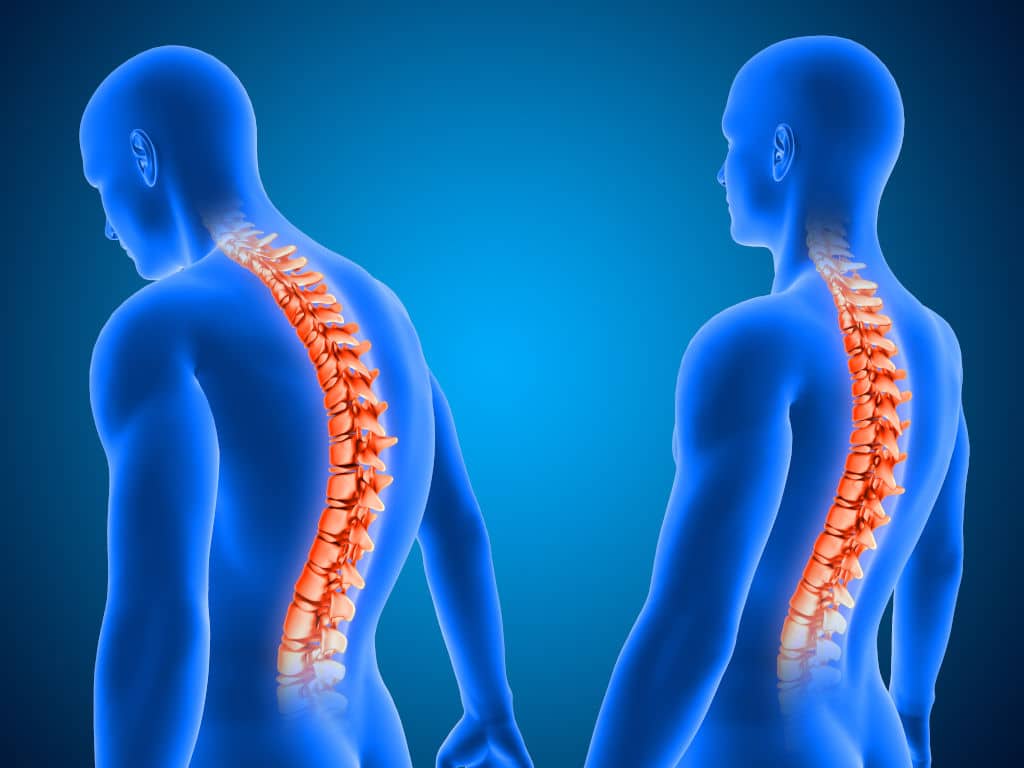The sacrum is a big triangular-shaped bone located at the bottom of the vertebral column. It is positioned upside-down at the base of the spine, right before the tailbone. The sacrum serves as an aid for walking, sitting, and standing. It is also a balance between both hip bones. A sacral fracture is the breaking of this sacrum.
Sometimes, the tailbone (coccyx) breaks along with the sacrum. When a sacrum is injured, it could sometimes affect the nerves in charge of the legs, bladder, and bowel movement.
The sacrum is one of the bones in the human body that is not given much thought. This negligence explains why medical doctors hardly think about it when a patient complains of pain.
Sacral fracture is not a severe medical case and does not require an extensive treatment procedure. The exception is in intensive cases which require surgical procedures. An example is when the fracture affects nerves.
The mild kind is more common. It is caused by vehicle accidents or very strenuous activities (lifting heavy objects). The less severe sacral fracture can heal with proper rest and healthy eating.
The sacral fracture is often confused for mere backaches or waist pains. Even some doctors misdiagnose sacral fractures.
Asides from misdiagnosis, they are also sometimes underdiagnosed. A medical publication by SpineUniverse noted that between 25% and 70% of sacral fractures either are not diagnosed at all or are not diagnosed promptly.
Types of Sacral Fractures
There are two major types of sacral fractures. These are high-energy(HE) and low-energy(LE) fractures.
This type of sacral fracture results from a medical condition known as osteoporosis. Osteoporosis is a weakening of the bones causing them to break easily.
Due to this osteoporosis, little falls and low-energy exerting activities could cause a fracture of the sacrum. Since this type of sacral fracture is usually not captured on an x-ray, the doctor may give a less severe diagnosis like back ache or sprain.
HE fractures are more common among younger people. It is caused mainly by injuries brought about by insults to the bone. Some include vehicle accidents, falls from heights, or getting hit by heavy objects.
There is also sacral stress fracture. It is caused by stress to the sacrum. Examples of these causes are natural childbirth and intensive athletic training.
An example is seen in the case of Felisky v. Bowen. In this case, the sacral fracture was due to sacral stress after an operation.

Case References For Sacral Fracture
Many cases show that the plaintiffs do not get adequate compensation. An example of such is seen in the case of Sawyer v. Colvin. This plaintiff could not get a bonus given to people with disability as the sacral fracture isn’t taken seriously.
Many of the victims involved got zero payments from lawsuits. The perpetrators go unscathed. That is one good reason medical animation should be brought into the picture.
Medical malpractice related to sacral fractures is quite rare to find. This rarity is because the treatment required for this injury is not so severe. Hence, there is hardly any need for legal proceedings to be held against medical experts.
Another example is the case of Dingle v. Secretary for Dept. of Corrections.
In this case, a man was left to care for his girlfriend’s infant in her absence. The man admitted to picking the baby up to pat her back. This was because the baby became flaccid at some point.
The baby continued to choke. So the man kept “patting” her back. The choking did not stop, and she was no longer breathing.
It turned out that due to the “patting,” which the appellant claimed he did, the baby sustained several internal injuries. Among these injuries were lower spinal column and spinal cord injuries. Of course, the baby was also found with a fractured sacrum.
The timing found out by experts showed that the baby sustained the injuries five days before. That was the period that the appellant was left in charge of her. It is indicative that the appellant had inflicted these injuries on the baby.

Using Legal Animation to Illustrate Sacral Fracture Medical Malpractices
Indeed, a sacral fracture is mostly a mild injury. There could be some errors in cases of surgery or medication. Due to this, plaintiffs have the right to file a lawsuit against any medical malpractice.
The legal practitioner would need an as efficient tool- and even more- as the mouth in passing across the information. The best tool is legal animation.
Through legal animation, the legal practitioner can decode the complexity of medical terminologies for the non-specialist. Not only that, swift and easy comprehension is ascertained with legal animation because not everyone in the court may be medical savvy.
In addition, only a few people know of the sacrum bone. Visual aids would give a clear picture of how a sacrum looks. It would display the location of the sacrum on the vertebral column. It would also show how the sacrum breaks when hit by a hard object, as the case may be.
Legal animation would make it clear to the jurors how this injury affects the patient. The hindrances caused would be included.
Also, legal animation can highlight the errors made by the medical practitioner. These errors could be in the form of malpractice, negligence, or wrong administration of drugs. The results of such mistakes may include further complications, defects, or even death.
Through these processes, the legal practitioner can gain the empathy of the jury and the presiding judge. In the end, they would take home the win!
Conclusion
Legal animation is a legal expert’s most effective legal visual strategy. It leaves no stone unturned and makes comprehension easy. Thus, it’s important to work with a legal animation company that is versed in creating such an important visual strategy.
At Fox-AE, we work closely with attorneys and expert witnesses on a case to ensure that we illustrate their opinions as well as the facts of the case. Hence, our medical malpractice trial animation is effective, detailed, accurate, and admissible.





